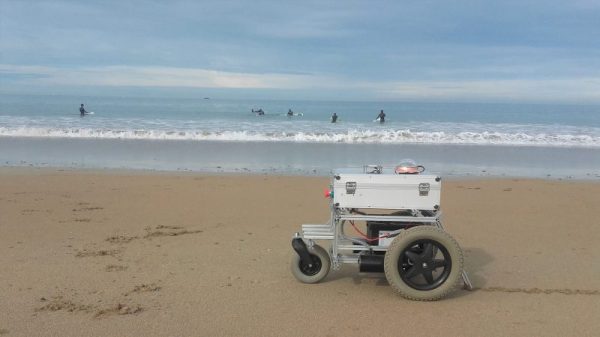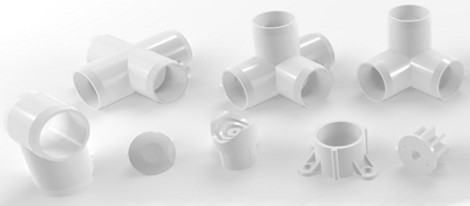Some people find it hard to look at a huge, flat expanse of floor or ground and not see a canvas. From the outfield grass of a baseball park to some poor farmer’s wheat field, trampling, trimming or painting patterns can present an irresistible temptation. But the larger the canvas the more challenging the composition will be, which is where this autonomous beach-combing art robot comes into play.
Very much still a work in progress, [pablo.odysseus]’ beach bot was built to take advantage of the kilometers-wide beaches left by the receding tides near his home. That immense canvas is begging to be groomed, and this bot is built for the task. The running gear itself is simple – an extruded aluminum chassis powered by wheelchair drives with added optical encoders and dragging a retractable rake – but the bot is bristling with electronics dedicated to navigation. A pair of Arduinos run the dual odometers, compass, and a GNSS receiver, as well as providing a smartphone interface for on-the-fly changes. The art is composed as a DXF file converted to latitude and longitude points and exported to Google Earth as a KML. That means the bot can just be brought to the beach and allowed to draw autonomously. An early test run is seen below the break; better “brushes” are in the works.
Watching the art unfold on a beach would be relaxing, like watching a zen garden being created. We’re looking forward to [pablo]’s progress on this one. Of course, art bots aren’t the only autonomous machines that big, wide beaches attract.
Continue reading “Hackaday Prize: An Autonomous Beach Art Robot”















